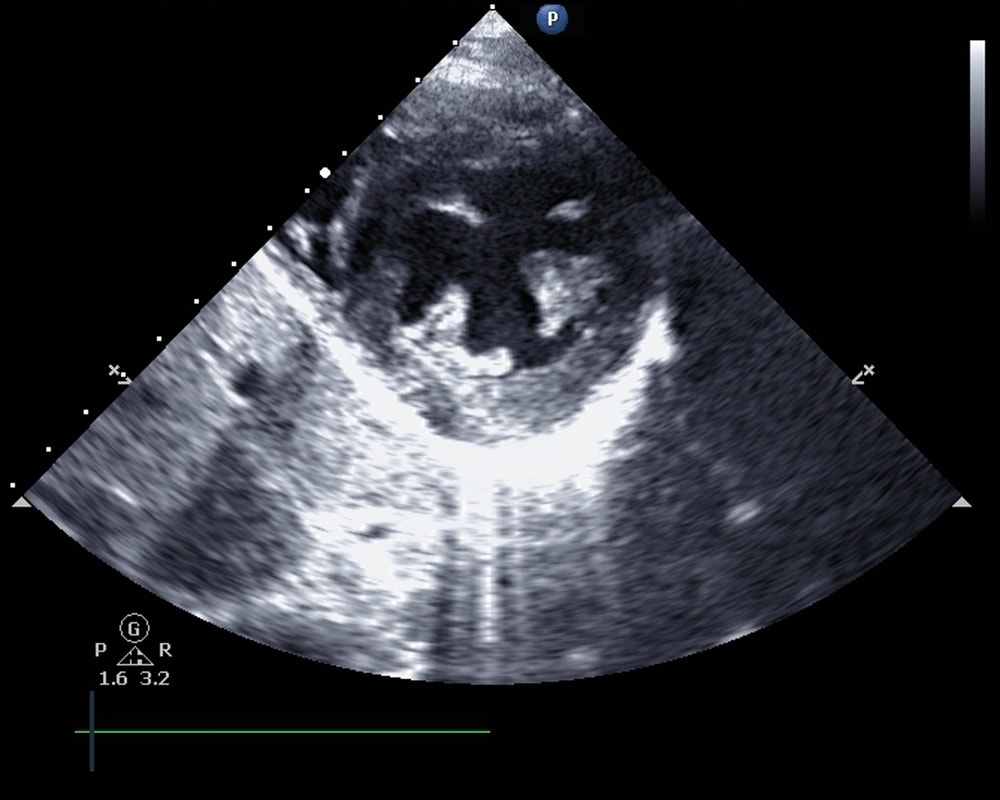By Dr. Aswin Babu
Coronary artery disease (CAD) and aortic stenosis often co-exist and the management of CAD in this cohort of patients remains contentious. Given the ever-expanding role of transcatheter aortic valve replacement (TAVR) and its utility in patients deemed to be at low surgical risk, the correct management of concomitant CAD is crucial.
Current guidelines are based on expert consensus due to a lack of high-level evidence in this area. These recommend screening for CAD in patients undergoing TAVR either in the form of invasive coronary angiography or non-invasive computed tomography coronary angiogram (CTCA)1,2. If angiographically significant stenosis is identified, then percutaneous coronary intervention (PCI) should be considered before performing TAVR1,2.
Minten et al (2022) recently published a single-centre, prospective, observational cohort study assessing the presence and complexity of CAD as well as angiographically guided PCI on outcomes after TAVR. Syntax score (SS) was calculated to establish the complexity of CAD. Both a baseline SS in addition to a residual SS post PCI was ascertained. CAD was defined as ≥1 coronary stenosis that was ≥50% at invasive coronary angiography. The primary outcome was all-cause death and cardiovascular death after 5 years.
604 patients met the inclusion criteria. Out of these, 346 (57.3%) had obstructive CAD. From this, 107 (30.9%) patients underwent pre-TAVR PCI.
At 5-year follow-up, the presence and increasing complexity of CAD was significantly associated with increased all-cause death (SS 0: 32.1% vs SS 1-22: 43.9% vs SS >22: 47%; log-rank P = 0.027). This also translated to increased cardiovascular mortality in patients with CAD (SS 0: 15.1% vs SS 1-22: 24.0% vs SS >22: 27.8%; log-rank P = 0.024). Importantly, PCI and complete revascularisation had no impact on mortality. However, there was a troubling signal towards an increase in cardiovascular deaths in patients who underwent more complete revascularisation (rSS 0-7: 27.6% vs rSS ≥ 8: 15.4%; P = 0.361).
To date, this study represents the longest follow-up of patients with aortic stenosis and co-existent CAD. It adds to the growing body of literature that angiographic guided PCI may not provide any prognostic benefit in patients undergoing TAVR. Further, it recognises the need for future longitudinal studies exploring the prognostic benefits of Fractional flow reserve (FFR) guided PCI when rivalled to angiographically guided PCI in patients undergoing TAVR.
Link – https://www.jacc.org/doi/full/10.1016/j.jcin.2022.06.019
References
- Otto, C.M., Nishimura, R.A., Bonow, R.O., Carabello, B.A., Erwin III, J.P., Gentile, F., Jneid, H., Krieger, E.V., Mack, M. and McLeod, C., 2021. 2020 ACC/AHA guideline for the management of patients with valvular heart disease: a report of the American College of Cardiology/American Heart Association Joint Committee on Clinical Practice Guidelines. Journal of the American College of Cardiology, 77(4), pp.e25-e197.
- Vahanian, A., Beyersdorf, F., Praz, F., Milojevic, M., Baldus, S., Bauersachs, J., Capodanno, D., Conradi, L., De Bonis, M., De Paulis, R. and Delgado, V., 2022. 2021 ESC/EACTS Guidelines for the management of valvular heart disease: developed by the Task Force for the management of valvular heart disease of the European Society of Cardiology (ESC) and the European Association for Cardio-Thoracic Surgery (EACTS). European heart journal, 43(7), pp.561-632.

